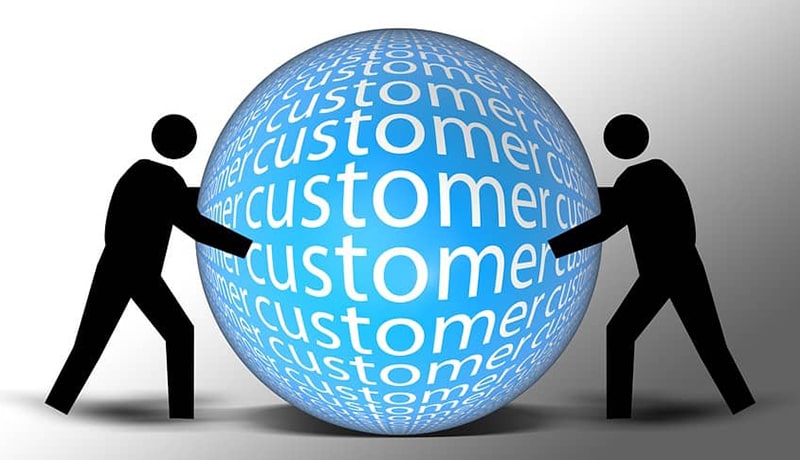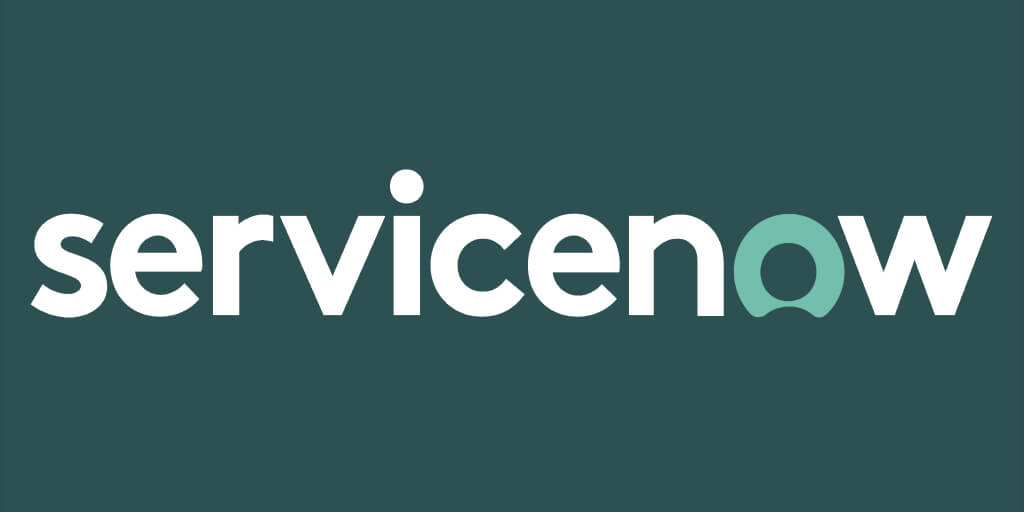From the business-centric to a user-centric model
The conventional way of doing business by keeping the product as the focal point is losing its charm as millennial customers are redefining the user experience. In an era where digital transformation has captured the world by storm, customers have become more empowered. With new tools to get the information they want, the customer has a chance to explore different products across different platforms influencing their buying decision and have become king of the market.
Enterprises who want to stay afloat have to make strategic level changes to make customers the ‘Hero’ of their story. They have to make constant efforts to retain their customers with innovative as well as cost-effective products and services. A need has risen for enterprises to move from their “Business-centric” approach to “User-centric” and thrive while making their customers happy!
User-Centric: Transforming companies to put people first
Customers don’t know what they want until you show it to them.
Will moving IT to a user-centric mindset really make customers happy? The average organization is fabricated on being product-centric, but now in order to connect the dots to reach the desired outcomes, they have to change the focus from themselves to customers’ expectations across the business. So, what is the difference between being customer-centric and being business-centric?
A business-centric enterprise solely focuses on enhancing its products regardless of consumer demand. For them the existent demand is not important, the quality and the utility of the new product creates a new customer base for them.
On the other hand, a customer-centric company works on identifying a key customer segment, understanding their needs, and then working towards developing products and services fulfilling those needs. Engaging with happy customers will not only help you have better revenue growth and boost margins but will also bolster user experience and loyalty.![]()
A common mistake many companies make these days is to focus on the product, but it is vital to not overlook the interest of customers. Your marketing strategies must revolve around customers, their needs, and their challenges. Consumers these days demand complete corporate transparency, self-empowerment, and responsiveness and enterprises can scale-up if they create a perfect combination of strategy, people, process, and technology.
In the user-centric approach, the flow of customer demands reaches directly to the product division, thus helping enterprises provide products that fulfill customers’ needs and influence their buying experience.
Dynamic Duo: Big Data and User-Centric Approach

According to a recent study, 80% of the consumers are likely to stop doing business with a company due to poor customer experience. Make customers play the starring role in your marketing efforts and you are likely to see a rise in sales, appreciated customers will follow you anywhere.
One of the best examples of a customer-centric company is Amazon, who constantly introduce new products and by making decisions based on existing customer demands. They align their planning, designing, and prototyping as per user needs and consistently provide them with the information they need as well as access to products and accounts 24/7.
The Customer-centric approach offers several benefits such as:
- Enterprises can identify new horizons of growth
- Take their brand to new heights and reach closer to their goals
- Enhance customer satisfaction and boost customer loyalty
Design thinking is a popular term referring to the user-centric approach. This innovation draws from the designer’s toolkit to integrate the needs of people, the potentials of technology, and the necessities for business success. Placing customers at the heart of the service or product development department enables leading brands to continually engage with their discerning customers emotionally and outmaneuver the competition.
This helps enterprises collect significant data based on consumer behavior, buying patterns and demands generated. This Big Data, when combined with Design thinking, creates magic for enterprises revolutionizing the large data, converting it into useful use cases to make well-informed decisions and unlocking new opportunities. The combination of big data and user-centric approach aims at solution-focused and result-oriented processes making it the cornerstone of everything you do in your business.
The Big data makes full use of the unstructured data to bring more innovation in the product and marketing design and enhance the customer experience. Big data brings a diversity of thought while the customer-centric approach balances number crunching with thoughtful design thus solving targeted problems.
HOW CAN AN AGILE DEVELOPMENT TEAM HELP IN THE TRANSITION?

The journey to becoming user-centric starts with enterprises keeping people first. Many leading organizations are empowering consumers by understanding their requirements and embracing tools people need to drive their business forward. Enterprises who align business objectives with technology initiatives are most likely to succeed.
We at Blue Whale Apps have expert professionals on board that can point enterprises of any industry in the right direction to take their first step in putting their users first. We work closely with all our clients to revamp their business model and implement technology across all business operations that will lead to agility, higher adoption, and success.
If you want potential customers to care about you, you have to first care about them. Make consumers the focal point of your brand’s universe and they will help you explore new business opportunities.
While customers are becoming more tech-savvy and sophisticated, it’s time for enterprises to bridge the gap by implementing Big Data analytics in combination with design thinking for connected experiences and for higher growth.









